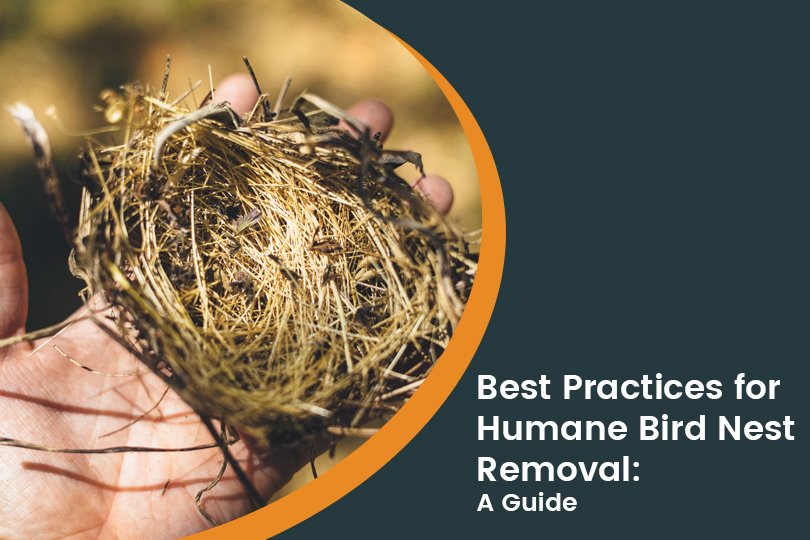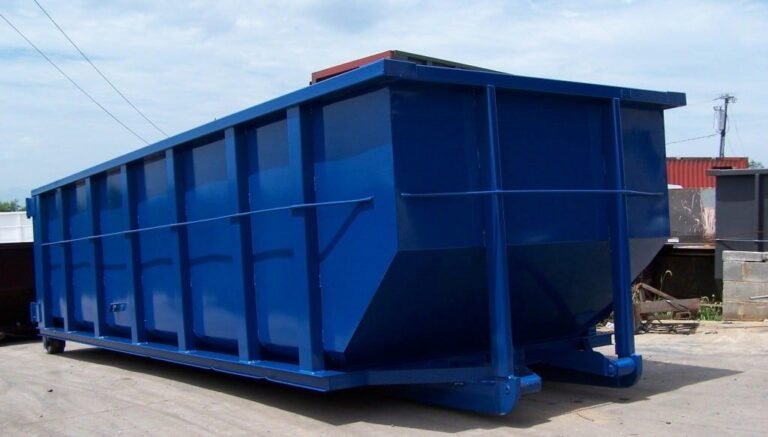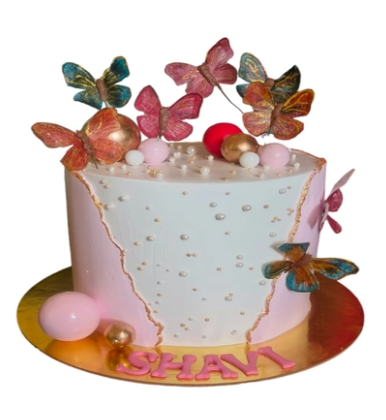Best Practices for Humane Bird Nest Removal: A Guide
Birds are indeed lovely to observe and listen to. However, in your building, birds can become annoying or even hazardous pests. Especially for commercial properties, bird nest infestation could be a serious problem since it leads to severe property damage over time. Besides, believe it or not, birds carry over 60 types of germs, which is why they are often considered pests. Having bird nests in residential or commercial properties, therefore, could be a serious health hazard. And that is why bird nest removal services are often in great demand in several localities.
Having said that, removing bird nests is not that easy. The process should be humane, i.e., done responsibly and carefully. Just like human beings, birds are also a part of our environment. Removing nests with or without chicks, if not done properly, would be a great threat to the species. This eventually results in a disruption of the local ecosystem and, consequently, of biodiversity and the environment in general. Obviously, it requires professional knowledge and expertise. This is where a bird nest removal company comes into the picture.
It is worth noting that scheduling these services is not merely a means of protecting humans. When you schedule service with experienced bird control professionals, you may actually be protecting the birds themselves. Obviously, if you are concerned about the safety of birds on any property, you are the type of person who desires humane removal.
But that is not all. There is more to running a humane bird nest removal company than complying with rules and regulations. In this blog, we will tell you the dos and don’ts of providing a humane bird nest removal service.
Table of Contents
ToggleBird Nest Removal: Dos
1. Take Preventive Measures
As cliché as it might sound, preventative measures are the most effective way to remove a bird’s nest. Birds usually nest around the doors, windows, attic openings, ledges, and gutters of a property. They also make nests in nearby bushes. But more often than not, you can find their nests on cars, trailers, boats, and anything else that has sat stagnant for too long on a property. In their minds, they just need a robust and safe place to build their home, and that could be anything.
You can also install plastic owls or hawks or place perch repellents around your client’s home. This will prevent the birds from setting up camp in the first place, relieving you of the distress of disrupting a nest full of chicks.
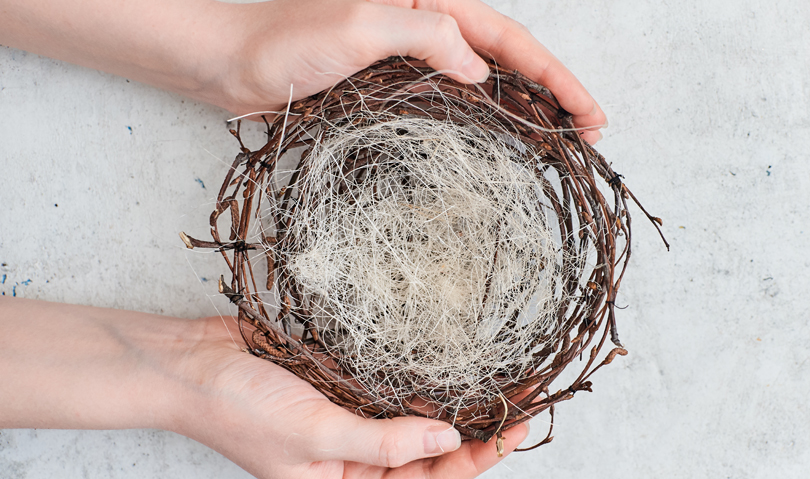
2. Handle The Nest Carefully
Bird nest removal does not mean you displace the nest and destroy it. It is never as simple as how to get rid of the nest. The Migratory Bird Treaty Act protects numerous species by making it illegal to “take, possess, import, export, transport, sell, purchase, barter, or offer for sale, purchase, or barter any migratory bird, or the parts, nests, or eggs of such a bird, except under the terms of a valid permit issued following Federal regulations.” Therefore, while improving a bird nest, make sure you are keeping it safe and not harming the birds in any way.
To do the job right, you will need expert staff who are well-aware of the techniques and have professional knowledge about wildlife. For humane bird nest removal,moreover, you will need people who have the same empathy and concern for wildlife. So, when assigning the job to your field technicians, please ensure that you are sending the right person to do the job.
3. Ensure the Nest is Inactive
Obviously, the best time to remove a bird’s nest is while it is still being constructed. However, it is possible that your client will not notice the construction until after it has been occupied. If birds or eggs are already present, relocation should not be attempted. Remember that it is illegal to remove the nests of migratory birds, so it is best to wait until after the nesting season.
4. Check for Eggs
Sometimes, you may observe eggs in the nest, but you cannot find the parents. This does not imply that the eggs are abandoned. In fact, many birds delay incubation, and eggs can remain viable for up to two weeks after being laid. It is also possible that the adults have temporarily abandoned the nest to feed or allow the eggs to cool. Frequent human disturbances can result in the abandonment of a nest.
Bird Nest Removal: Don’ts
1. Don’t Interfere During Nesting Season
You should never interfere with nature. If you interfere with a nest containing eggs or young birds, you will jeopardize their survival.
Birds avoid interfering with humans because they recognize your size advantage. Even if there are eggs or hatchlings inside, if a human has disturbed their nest in any way, they will abandon it. In addition, frequent human visits to the nest will leave a scent trail that predators will use to locate the nest and consume its contents.
2. Don’t Resort to Unethical Means for Bird Nest Removal
This may seem obvious, but we cannot emphasize it enough: never destroy a bird’s nest through unethical or cruel means. You could find yourself in serious trouble with local authorities, which could result in hefty fines and harsh penalties. Not to forget, this could seriously jeopardize your local ecosystem and biodiversity as well.
3. Don’t Forget To Practice Precaution
Even abandoned bird nests contain residual bird droppings and dangerous pathogens, and they can be dangerously harmful to humans. This is why it is absolutely important to practice precaution while removing nests. This might drive up the bird nest removal cost, but it is something you should never forget or ignore.
After wearing your protective gear, saturate the nest with antibacterial spray. Remove the nest and place it in a sealed container or trash bag for disposal. Remove the mask and gloves, change your clothes, and wash your hands thoroughly.
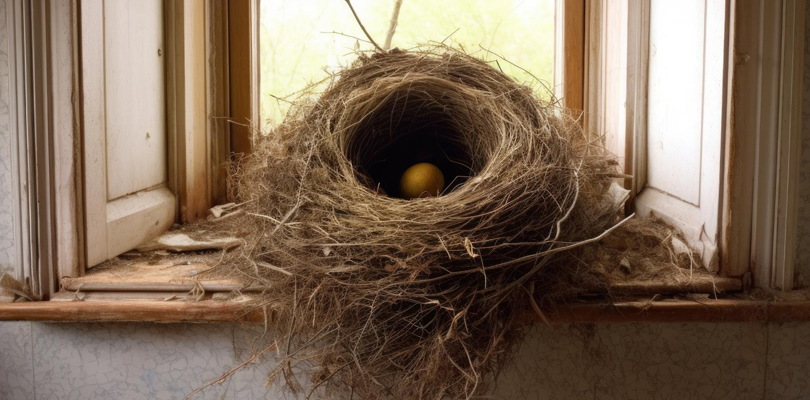
Most people may not think of birds when they consider pest control; however, bird control falls under the category of wildlife exclusion. Despite being generally harmless to homeowners, birds can be harmful to both homes and health. Especially if they nest in or on residential property where there are children.
Besides, birds can be quite noisy. They can damage your roof, automobile, and property. Their nests can block stoves, dryers, and fan vents, posing a fire hazard and rendering the appliances ineffective. In addition, their nests can clog gutters and drains, leading to standing water and potential roof damage. Their droppings contain uric acid, which can corrode your car’s paint. Bird droppings also contain human-dangerous pathogens such as histoplasmosis. In addition to mites, parasites, and ticks, bird nests may also harbor other pests that can linger long after the birds have left.
With the usual functionality like estimating, GPS tracking, scheduling and dispatching, calendar views, equipment tracking, and invoicing, you can take advantage of several advanced features, such as a mobile app for field technicians, cloud storage to ensure remote access to information, and QuickBooks integration for seamless invoicing and accounting.
Originally Published at – Field Promax (Dos and Don’ts of Bird Nest Removal)
Also read
9 tools for understanding how software development grows in 2024

